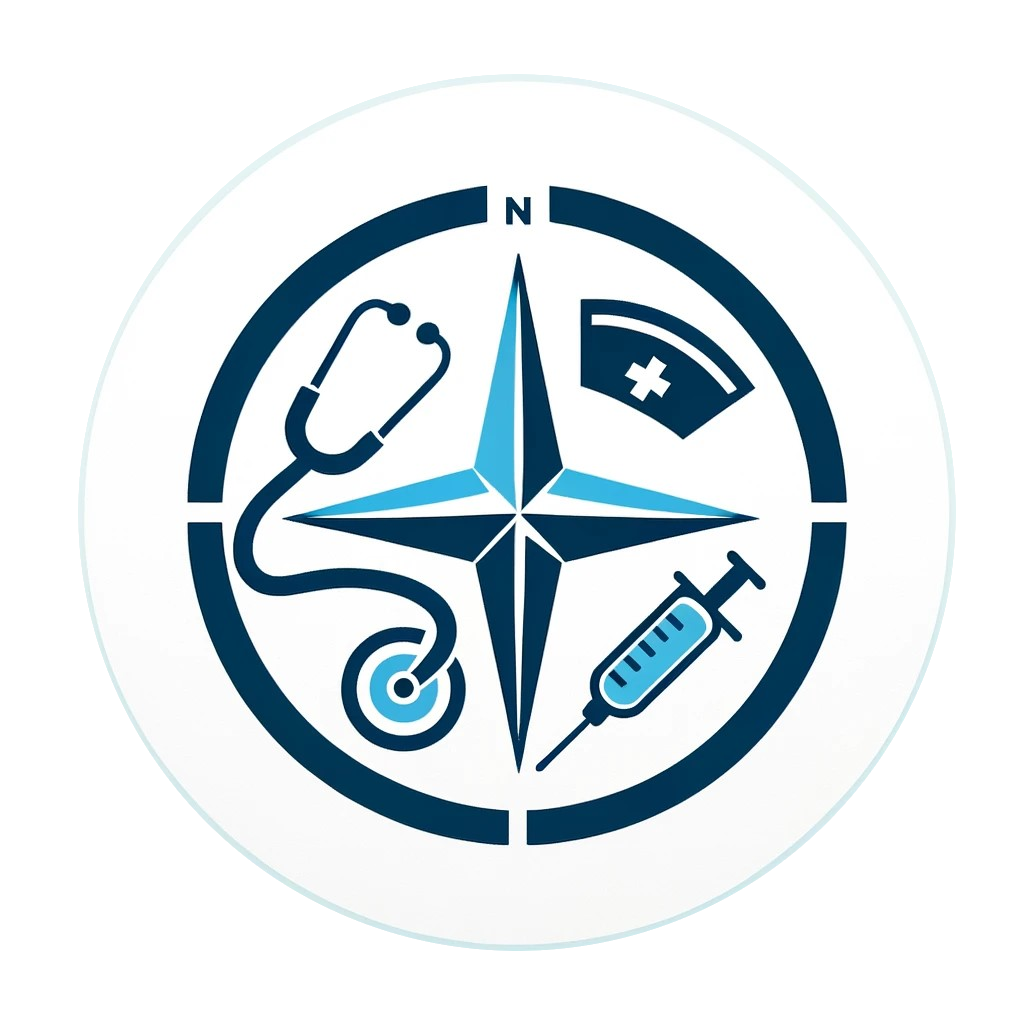Care Plan for Acute Respiratory Distress Syndrome (ARDS) Management
Category: Respiratory
Assessment
Patient presents with severe shortness of breath, hypoxemia, and decreased lung compliance.
Diagnosis
Risk for impaired gas exchange related to alveolar-capillary membrane damage.
Goals
Patient will demonstrate improved gas exchange as evidenced by normal oxygen saturation levels and stable vital signs.
Interventions
Monitor respiratory status and oxygen saturation regularly. Administer prescribed medications to manage symptoms and improve oxygenation (e.g., bronchodilators, corticosteroids). Provide supplemental oxygen or mechanical ventilation as needed. Educate patient and family on the importance of lung protective strategies and early mobilization.
Rationale
These interventions aim to improve gas exchange, manage symptoms, and prevent complications associated with ARDS.
Evaluation
Respiratory status and oxygenation will be monitored to assess the effectiveness of interventions.
🚀 Interactive Learning Tools
Select specific medical categories for targeted practice
Browse Categories💡 Study Tips for This Care Plan
Use the acronym COPD: Chronic Obstructive Pulmonary Disease - remember it's progressive
Practice breath sound identification with audio resources
Study oxygen therapy guidelines for different patient populations
Always connect nursing interventions to their scientific rationale
Practice writing SMART goals: Specific, Measurable, Achievable, Relevant, Time-bound
⚠️ Educational Care Plan Notice
This care plan is for educational purposes only and represents general nursing concepts.
All care plans must be individualized based on:
- Individual patient assessment and current condition
- Healthcare provider orders and facility protocols
- Current evidence-based practice guidelines
- Nursing scope of practice in your jurisdiction
Do not use as direct patient care instructions. Always follow your facility's policies, physician orders, and professional nursing judgment.
